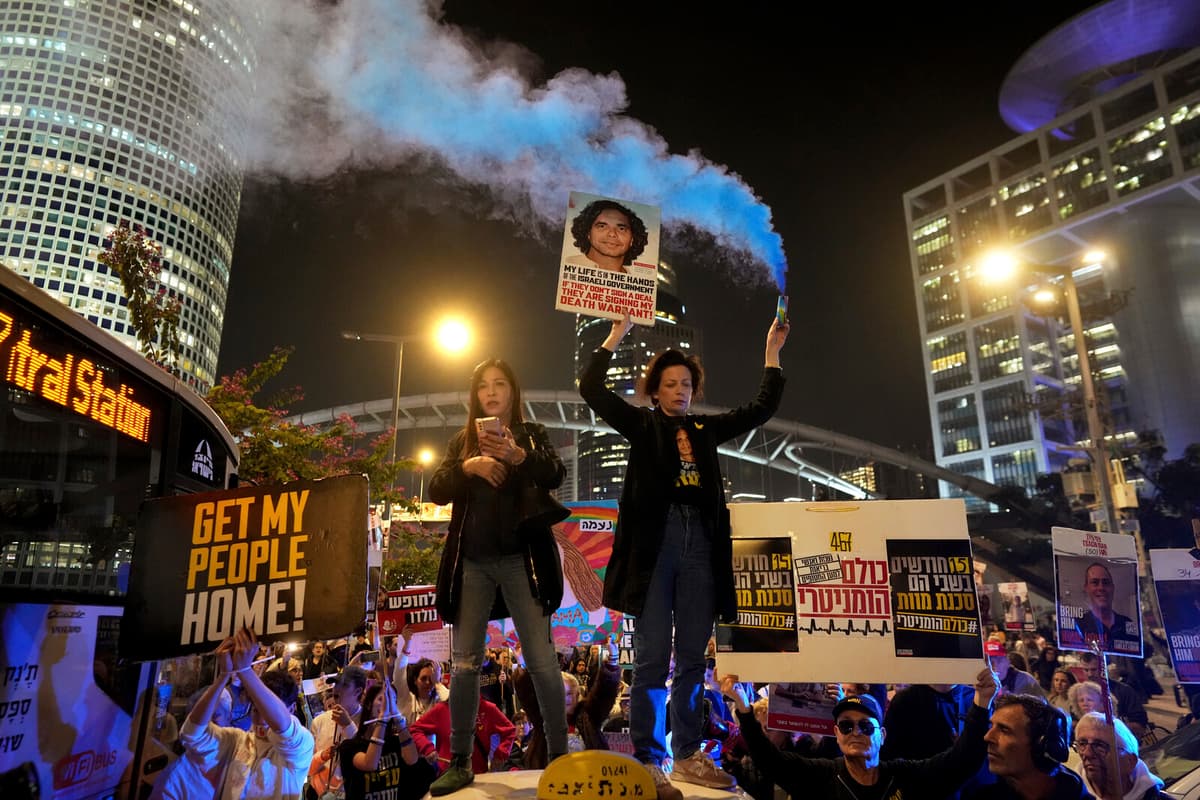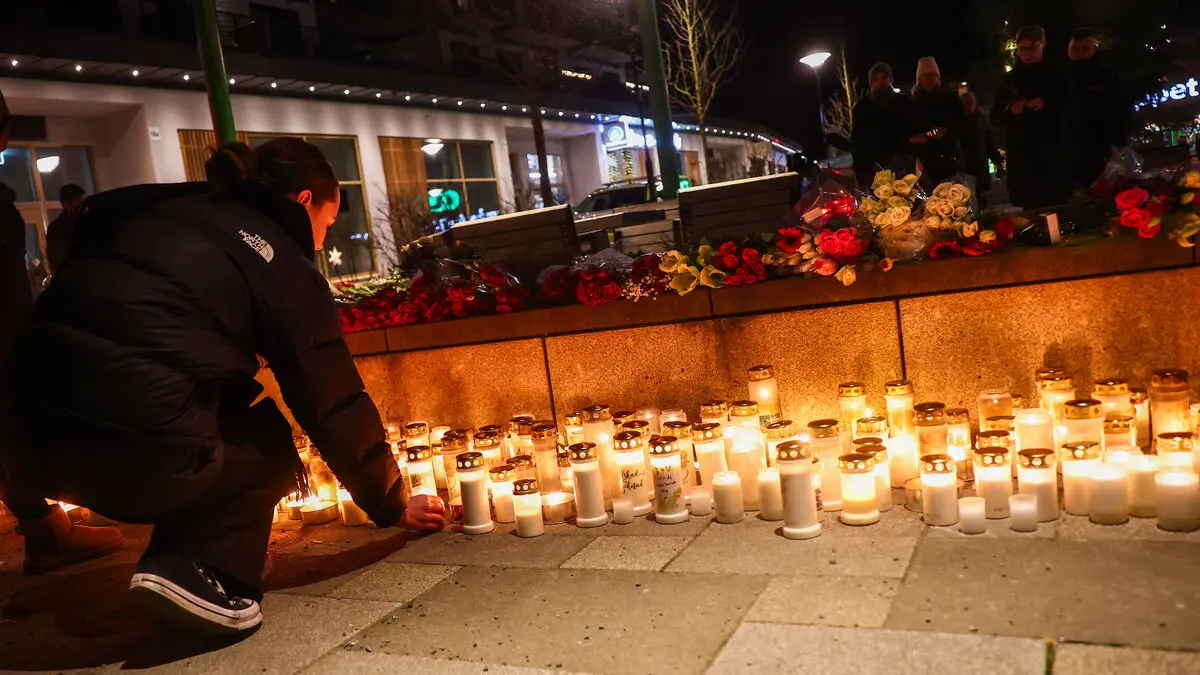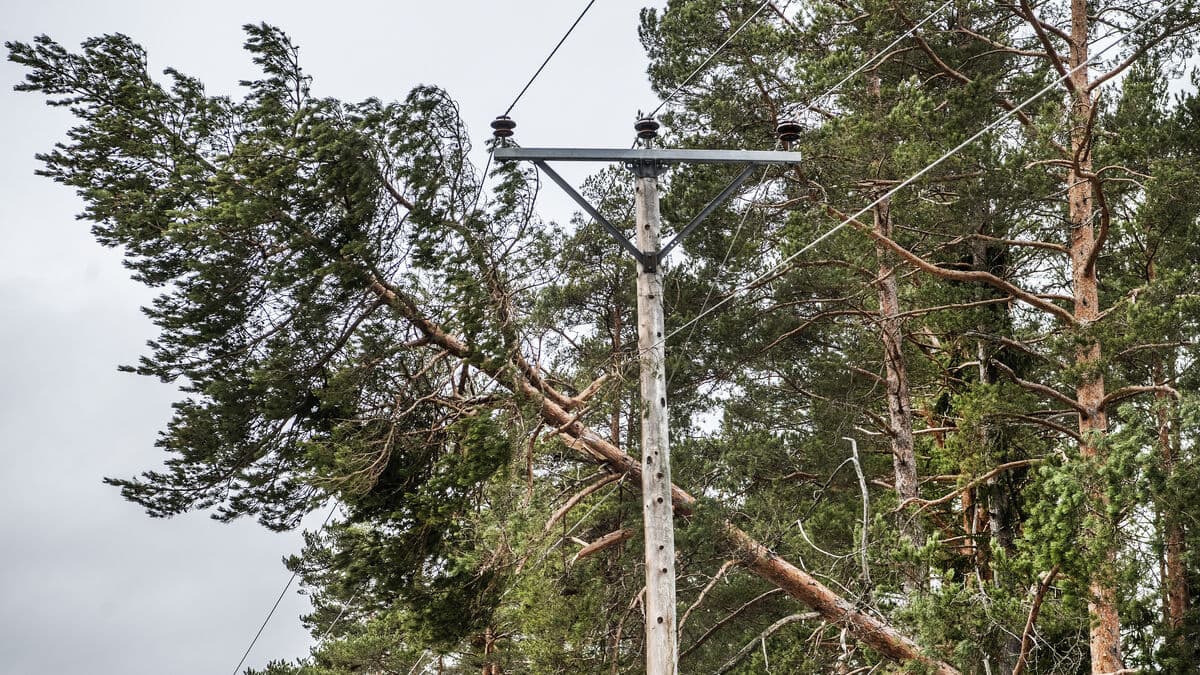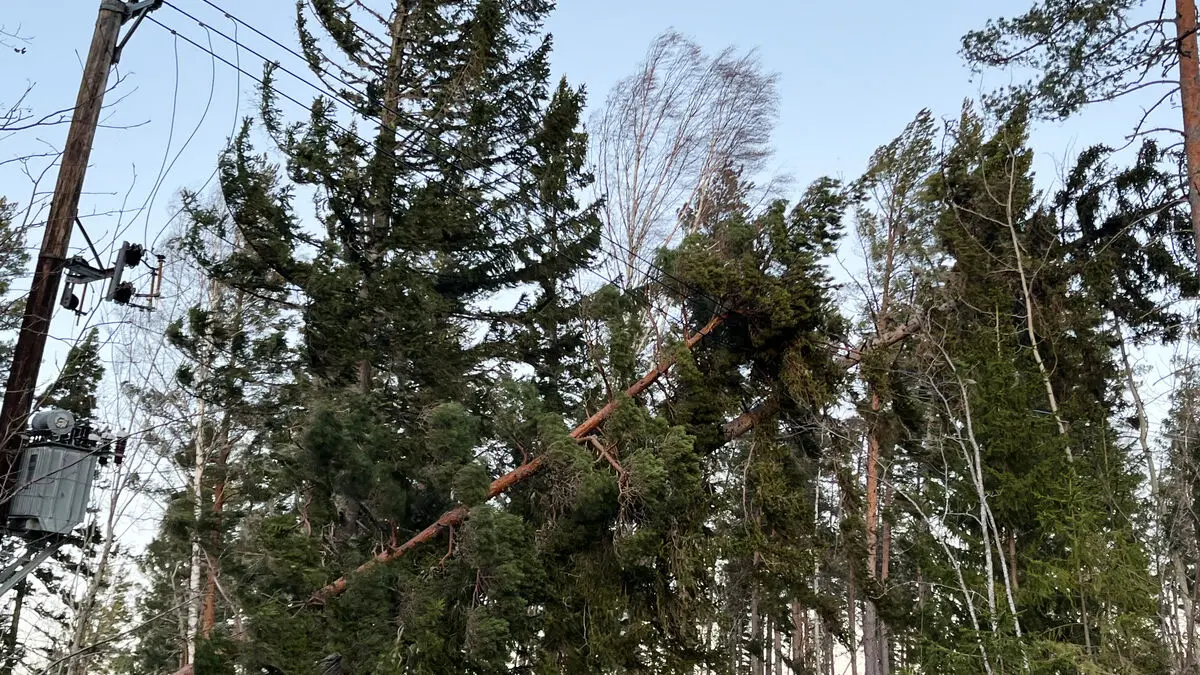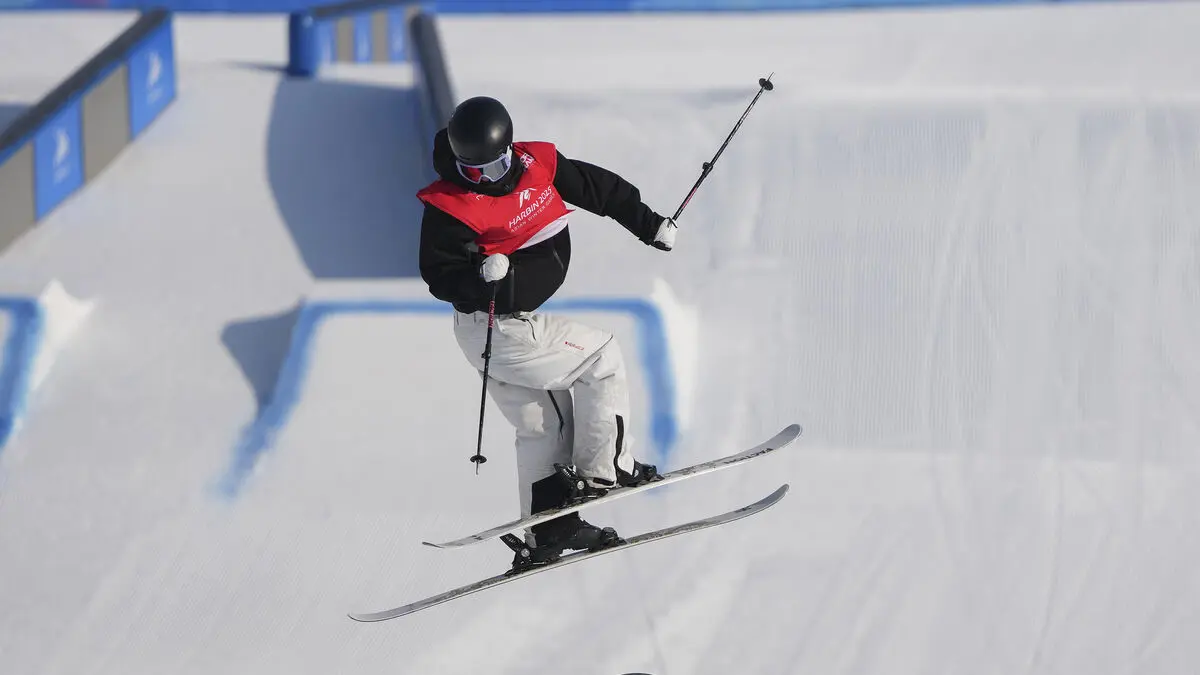First phase:
From Sunday, January 19, at 7:30 am (Swedish time) and for six weeks ahead, a total ceasefire will be in effect.
33 Israeli hostages - women, children, the sick, and civilians over 50 years old - are released.
737 Palestinian prisoners in Israel are released.
Israel withdraws its forces from densely populated areas in Gaza and relocates them eastward, to areas near Gaza's border with Israel.
Civilians are allowed to return to northern Gaza, and Israel lets in up to 600 trucks with humanitarian aid per day.
Israel allows wounded Palestinians to leave Gaza for medical treatment. The Rafah border crossing, towards Egypt, is opened for the wounded and civilians after all female hostages have been released.
Israel reduces its presence in the Philadelphia corridor, the border area between Egypt and Gaza, and withdraws completely from there within 50 days of the start of the first phase.
.
Second phase:
If all conditions are deemed to have been met, Hamas releases all remaining hostages who are still alive, primarily male soldiers.
In return, Israel releases more Palestinian prisoners.
Israel begins its "complete withdrawal" from Gaza.
Further details for the second phase are discussed during the first phase.
.
Third phase:
If all conditions are deemed to have been met, the remains of any remaining hostages are handed over to Israel.
A three- to five-year reconstruction plan is launched in Gaza under international supervision.
Border crossings to Gaza are opened.
Further details for the third phase are discussed during the first and second phases.
Sources: BBC, The New York Times, Al Jazeera, AFP, The Times of Israel
